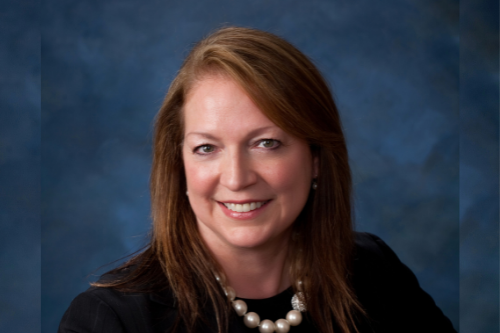

On July 07, Hurricane Elsa became the first hurricane to make landfall on US soil in the 2021 Atlantic Hurricane season. After smashing the Caribbean as a Category 1 hurricane with maximum sustained wind speeds of 75 miles per hour, she hit Taylor County, Fla., on July 07, and East Hampton, N.Y., on July 09. Initial estimates from catastrophe modeling firm Karen Clark & Company (KCC) suggest that privately insured wind and storm surge damages to onshore properties and automobiles could be close to $240 million in the US.
The 2021 Atlantic Hurricane season is unique in that it strikes at a time when the US is navigating its COVID-19 pandemic recovery. There are all sorts of challenges that come with that, including inflationary pressures on the cost of construction, which have driven up the price and availability of building materials and labor. At times like these, it is vitally important for homeowners to speak to their insurance advisors to ensure that they have four key coverages that are up-to-date and fully understood, according to Lisa Lindsay (pictured), executive director of the Private Risk Management Association (PRMA).
“Agents and brokers need to be talking to their clients to ensure that everybody is in agreement on what the home/dwelling replacement cost is,” said Lindsay. “If homeowners have updated their homes or made any changes or enhancements, they need to ensure that the replacement cost coverage is still in line with current rebuilding costs.”
There are different types of replacement cost clauses in homeowners’ insurance policies. Some will provide guaranteed replacement cost, which typically means that no matter the cost of a rebuild, the insurance company will pay the full amount, even if it is higher than the insured limit. Other policies will limit the amount of coverage provided for the dwelling amount listed on the policy. Sometimes, they’ll offer a percentage (like 125%) to acknowledge potential inflationary pressures.
“When you think about the increased building costs and supply chain disruption as a result of COVID-19, now is an absolutely perfect time to make sure that agents are talking to homeowners and everyone is communicating so that they’re comfortable with that home / dwelling replacement cost,” Lindsay added.
This coverage is for structures on the premises that aren’t attached to the homeowner’s main dwelling, such as garages, swimming pools and pool houses, gazebos, patios, walkways, and other hardscape features.
“We know that the pandemic has driven up the cost of construction, materials and labor, and we also know that it has put a premium on pools,” Lindsay told Insurance Business. “Right now, if you want to get a pool installed in your home, you’re probably lucky if it’s just a two-year waiting list. Those costs have risen because so many people have wanted to make their outdoor living spaces wonderful as they’ve been spending more time at home due to the pandemic.
“It’s important that agents are talking to their clients to find out if they have made any upgrades or added structures their property. If so, what is their replacement cost, and do they have the right amount of coverage? A lot of homeowners’ policies will provide other structures coverage at 20% of the dwelling [value]. That might be fine, but we don’t know that unless we do our due diligence to really understand what other structures are in place, and what the replacement cost of those other structures would be.”
This covers the contents in a home – or as Lindsay put it: “Pick a house up, and shake it upside down, whatever falls out (appliances, furniture, clothing, etc.) would be covered.” During COVID, there has been a surge in the replacement cost of common household goods and appliances. In March, 2021, the Consumer Price Index of “furniture, home appliances and their maintenance” was at 412.6, marking a 68.3% year-on-year increase. Some high-tech appliances, due to their enormous demand during the pandemic, have increased in cost by over 100%. Again, Lindsay stressed that it’s important for agents to find out if their clients have made any upgrades to ensure their personal property coverage is adequate.
“This coverage often catches people by surprise,” said Lindsay. “It covers the extra living expenses that people incur if they can’t live in their home while it’s being repaired after a loss event, whether it was fire, hurricane, flood, or whatever the case may be. Again, with shortages of supply and labor, the time that it may take for somebody to get back into their home following a major loss may be much longer than expected. So, this is the perfect opportunity for agents to be having proactive conversations with their clients to make sure that everybody’s on the same page as to what’s happening.
“The ideal scenario would be that the homeowner’s policy provided unlimited living expense coverage. That means there’s no cap on the dollar amount or time, so if it takes 12 months, 15 months, or 18 months to get repairs done, it’s irrelevant to the client because their coverage will continue until they’re back in their home. But generally, homeowners’ insurance policies have caps on additional living expense, which could be 20% of the dwelling coverage, and they could also set a time limit, such as 12 months.”
